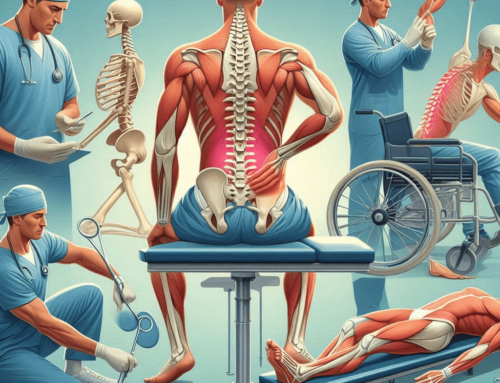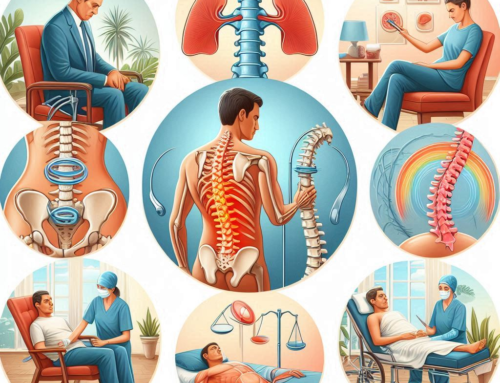When non-surgical treatments fall short in alleviating the debilitating effects of a slipped disc, surgery becomes a potential solution. Surgical interventions aim to relieve pressure on nerves, stabilize the spine, and restore your quality of life. In this comprehensive article, we’ll dive into the world of slipped disc surgery, exploring various options, the recovery process, and what to expect on the road to healing.
Understanding Surgical Solutions for Slipped Discs
Surgical Interventions Unveiled
Slipped disc surgery, also known as discectomy, involves removing the portion of the herniated disc that’s pressing against nerves and causing discomfort. This approach aims to relieve pain, improve mobility, and prevent further nerve damage.
When is Surgery Considered?
Surgery is typically considered when non-surgical treatments fail to provide relief, or when symptoms are severe and affect daily life. A thorough evaluation by a medical professional is crucial to determine if surgery is the appropriate course of action.
Exploring Slipped Disc Surgery Options
Traditional Open Discectomy
The Classic Approach
In a traditional open discectomy, a small incision is made over the affected disc. The surgeon then removes the herniated portion of the disc, relieving pressure on the nerve. This method has a long track record of success and remains a viable option.
Microdiscectomy
Minimally Invasive Precision
Microdiscectomy is a minimally invasive approach that uses specialized instruments and a small incision. This technique minimizes damage to surrounding tissues and reduces recovery time while achieving the same goal as an open discectomy.
Endoscopic Discectomy
A Visual Advantage
Endoscopic discectomy involves the use of a tiny camera (endoscope) and small instruments inserted through a small incision. The surgeon navigates and removes the herniated portion guided by real-time visuals on a screen.
Spinal Fusion
Stabilizing the Spine
In cases where the slipped disc has led to instability in the spine, spinal fusion might be recommended. This procedure fuses adjacent vertebrae using grafts and hardware, stabilizing the spine and preventing further movement between the vertebrae.
The Journey of Recovery
Immediate Post-Surgery
Hospital Stay
After surgery, a brief hospital stay is often required for monitoring and pain management. The length of the stay varies depending on the surgical approach and the individual’s condition.
Gradual Mobilization
Early Movements
In the days following surgery, you’ll be encouraged to begin gentle movements and short walks. Physical therapists will guide you to ensure proper form and prevent strain.
Rehabilitation
Tailored Recovery Plan
Physical therapy is a cornerstone of recovery. Therapists design a personalized plan to gradually improve strength, flexibility, and mobility while avoiding activities that could hinder healing.
Patience and Progress
Healing Takes Time
Recovery from slipped disc surgery is a gradual process. While improvement is often noticeable within weeks, it can take several months to achieve full recovery.
Precautions and Post-Surgery Care
Following Medical Advice
Adhering to Guidelines
Strictly following your surgeon’s post-operative instructions is crucial. This includes restrictions on lifting, bending, and certain activities to prevent strain on the healing area.
Monitoring Progress
Post-Surgery Follow-Up
Regular follow-up appointments allow your surgeon to monitor your progress, address any concerns, and make adjustments to your recovery plan if needed.
Conclusion: Navigating Surgery and Recovery
When a slipped disc hinders your life, surgery emerges as a beacon of hope. By understanding the surgical options available and the journey of recovery, you can make informed decisions about your treatment path. From traditional discectomies to minimally invasive techniques, each option carries its own benefits and considerations. As you embark on the road to recovery, patience, adherence to medical advice, and the guidance of skilled professionals will pave the way for a renewed and pain-free life.





Get Social